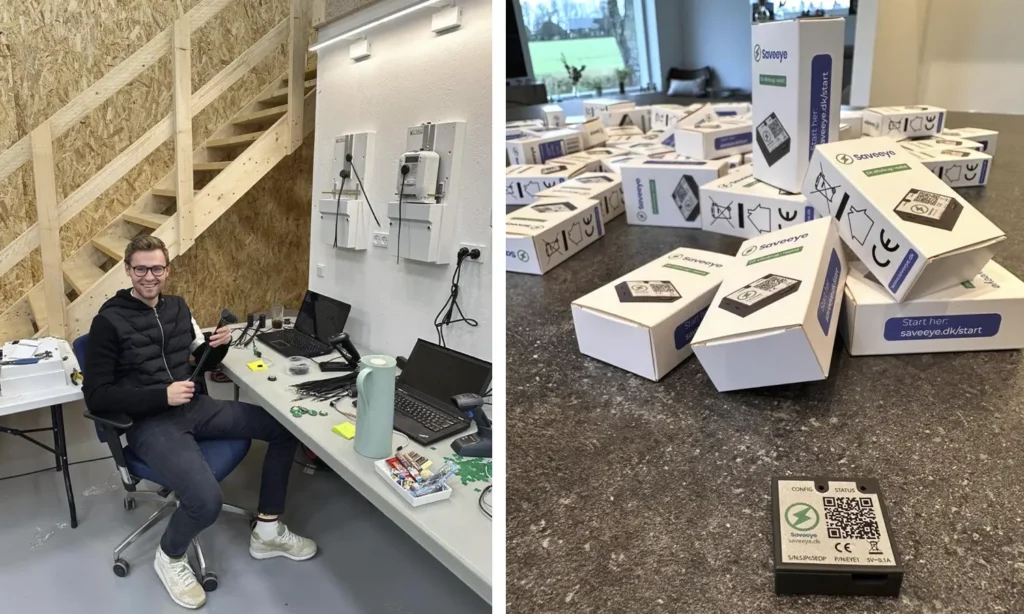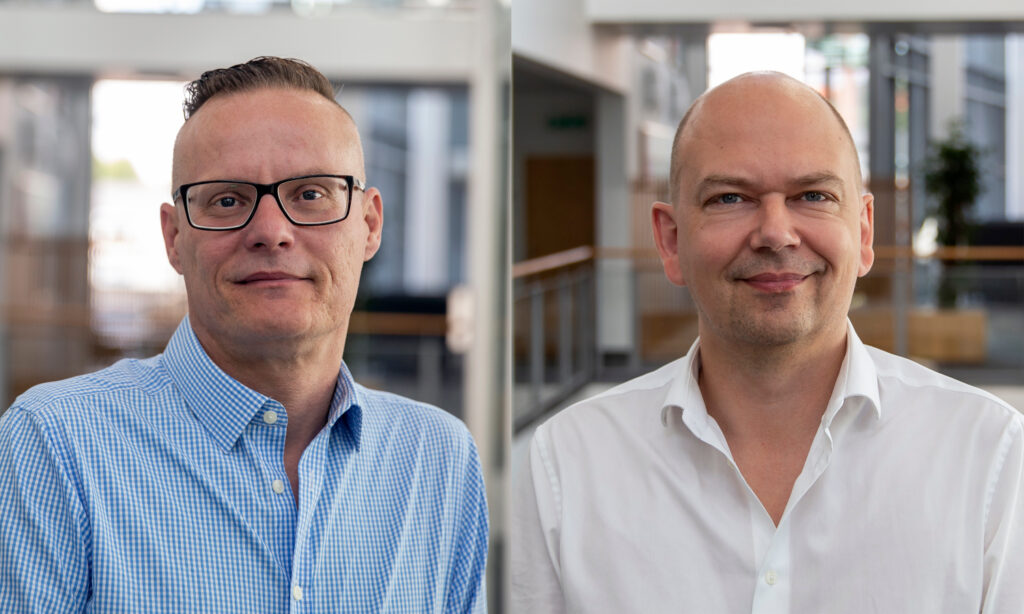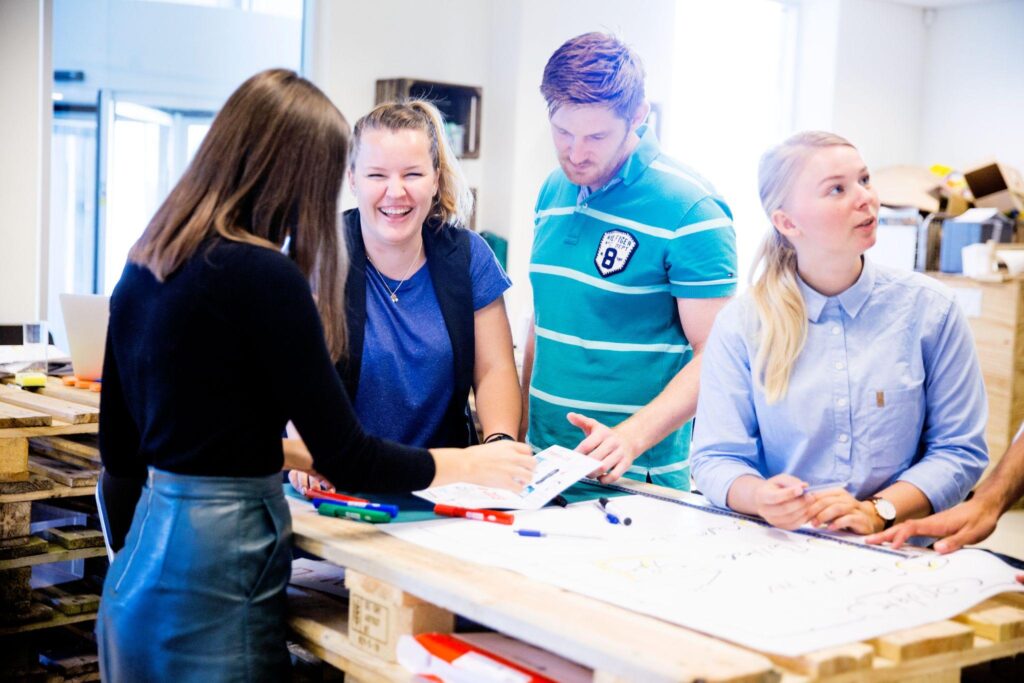This post is also available in: Danish
The construction industry is facing a major shift in how biodiversity in urban areas is measured and documented. With the new UrbanBioScore system using artificial intelligence (AI), companies can now gain detailed insights into the biodiversity of both existing urban environments and new construction projects. The system has been developed as part of the ‘national methodology for biodiversity mapping’ project and is financially supported by the Ramboll Foundation. The project is led by ConTech Lab with technical assistance from Aarhus University.
“UrbanBioScore is a groundbreaking step towards a more data-driven and sustainable construction industry. By combining consistent measurement with artificial intelligence, we get an indispensable tool for understanding biodiversity in our urban areas. It gives us not only insights, but also concrete opportunities to act and improve biodiversity in the built environment,” says Christina Hvid, CEO of Molio and ConTech Lab in a press release.
The ConTech Lab serves as the construction industry’s shared innovation platform where companies collaborate to explore and develop new ways of using data, digitalization and technology. The goal is to shape the future of construction that is both more sustainable and efficient. With over half a million DKK in funding from the Ramboll Foundation, the development of UrbanBioScore is well underway. The project has also been made possible thanks to a broad collaboration across the industry, with many players contributing significant resources to develop and test both the technology and the methodology behind the measurement of biodiversity.
AI as a driver for consistent measurement
UrbanBioScore was developed as part of a broad industry effort to create a national standard for measuring and documenting biodiversity in urban areas. The system builds on the national methodology for biodiversity mapping and allows projects to be compared across the construction industry using consistent data.
“But the national methodology is not just a tool for measurement; it is also a platform for collaboration across the industry where we can share data and create common solutions,” says Christina Hvid.
Artificial intelligence plays a key role in this process by analyzing large data sets and giving a score based on this. This makes biodiversity work measurable and concrete.
“UrbanBioScore is an important step towards a comprehensive, national and data-driven strategy for biodiversity in the construction industry. Artificial intelligence plays a key role in this process by putting a number on biodiversity, much like we know it for CO2 calculations. This means we can act more accurately and effectively on the challenges we face,” says Christina Hvid.
About the national biodiversity mapping methodology
The national method for mapping biodiversity in cities has been developed in a broad partnership consisting of ConTech Lab – part of Molio, SLA, Aarhus University, COWI, DETBLÅ, Futurista, Habitats, Natur 360, NIRAS, Oiko, Rambøll, Council for Sustainable Building, STED, WSP Denmark and Circle. The method is based on both national and international standards and aims to create a common national standard for measuring biodiversity in the built environment. This will improve the knowledge base for the management and development of nature in cities.
The first version of the methodology was launched in May 2023 and is already actively used by almost 900 users. The goal is to map 100% of urban areas so that all projects can include a biodiversity score in their development plans. So far, around 23,000 species and over almost 2500 habitats have been recorded through the urban nature app.
















 Kære læser, du er meget velkommen til at dele vores artikler på sociale medier, linke eller referere til artikler eller content på TechSavvy.media. Men ønsker du helt eller delvist at kopiere indhold fra sitet må det kun ske efter aftale med vores redaktion på editorial@techsavvy.media.
Kære læser, du er meget velkommen til at dele vores artikler på sociale medier, linke eller referere til artikler eller content på TechSavvy.media. Men ønsker du helt eller delvist at kopiere indhold fra sitet må det kun ske efter aftale med vores redaktion på editorial@techsavvy.media.
 Kære læser, du er meget velkommen til at dele vores artikler på sociale medier, linke eller referere til artikler eller content på TechSavvy.media. Men ønsker du helt eller delvist at kopiere indhold fra sitet må det kun ske efter aftale med vores redaktion på editorial@techsavvy.media.
Kære læser, du er meget velkommen til at dele vores artikler på sociale medier, linke eller referere til artikler eller content på TechSavvy.media. Men ønsker du helt eller delvist at kopiere indhold fra sitet må det kun ske efter aftale med vores redaktion på editorial@techsavvy.media.